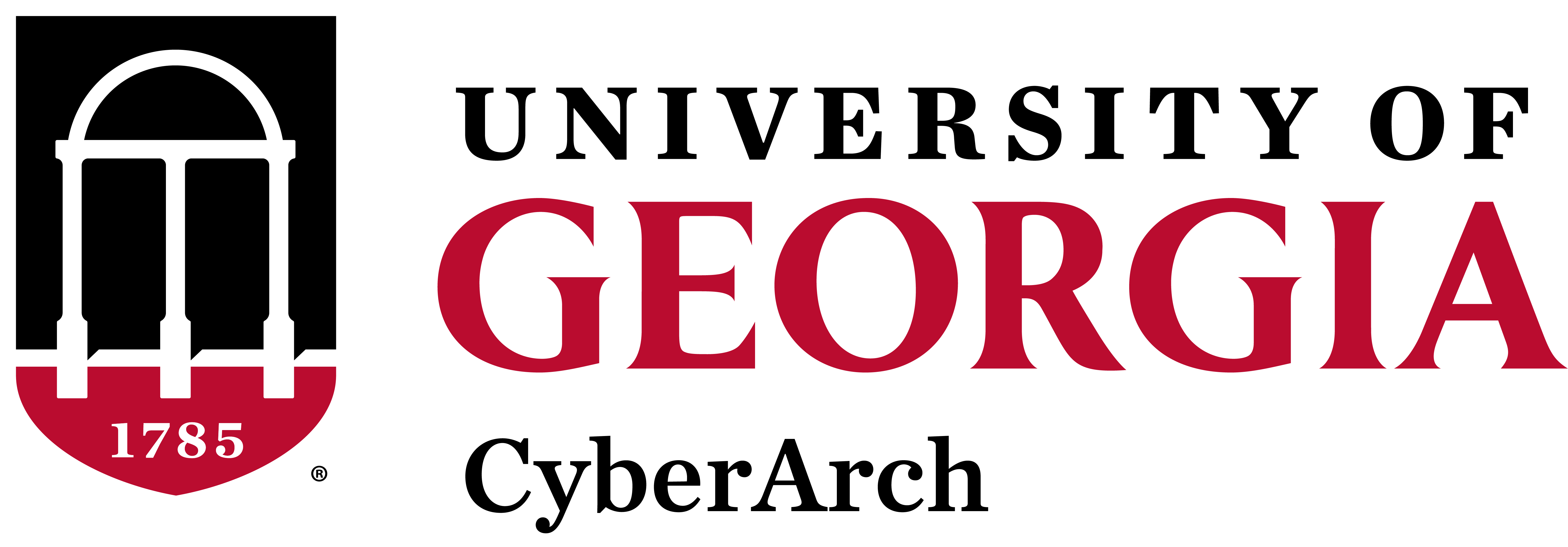Public Wi-Fi Etiquette
In our last post, we analyzed the opportunities and threats of AI in cybersecurity and shared resources to help you improve your security practices. If you missed it, be sure to check it out!
Now, let's explore public Wi-Fi networks, best practices for using them, and a challenge to consider.
What is a Public Wi-Fi Network?
A public Wi-Fi network is any Wi-Fi service accessible to the public. If you've ever connected to a Wi-Fi network without a password, that's a public Wi-Fi network! Many people use these networks daily, but it's important to take extra precautions to protect your information when connected to such a network.
Public Wi-Fi’s Security Flaws (and How to Protect Yourself!)
Public Wi-Fi networks are convenient, but they have several flaws that make them riskier than private networks.
1. Lack of Encryption
Public Wi-Fi often doesn't encrypt data, potentially exposing your information to hackers.
Protection Tips:
2. Use a VPN to encrypt your data
Avoid accessing sensitive information, like banking details or personal identification numbers, on public networks.
3. Questionable Legitimacy
Hackers may create Wi-Fi networks mimicking legitimate ones.
Protection Tips:
1. Verify the network's authenticity before connecting. Ask an employee at the venue if you're unsure.
When in doubt, refrain from connecting.
2. Malware Risks and Network Spoofing
Unsecured networks can spread malware, and your device might connect to harmful networks without your knowledge.
3. Regularly update your device's software and security measures.
4. Disable automatic Wi-Fi connections in your device settings.
Importance of Public Wi-Fi (and Challenge of Accessibility)
Public Wi-Fi networks, despite their security flaws, are vital for many who rely on them to complete everyday tasks, get access to resources they might not otherwise have, connect with loved ones, and be entertained.
The challenge lies in the disparity of accessibility. Not everyone can afford private Wi-Fi, and in some regions, like rural and Tribal lands, service providers are scarce due to low profitability. With the increasing digitization of resources, what solutions can be proposed for these underserved communities?
Regarding affordability, the U.S. Affordable Connectivity Program (ACP) previously offered a $30 monthly credit for qualifying households. This assistance was significant for low-income families and Pell Grant recipients. Although the ACP is no longer accepting new applications and faces an uncertain future due to funding issues, its impact through at least April 2024 is expected.
Those who were eligible for the ACP benefit might qualify for the FCC's Lifeline program, offering a discount on phone, internet, or bundled services— up to $9.25 per month, or $34.25 per month on qualifying Tribal lands.
Let's brainstorm together. Every social advancement begins as a concept. How would you tackle the challenge of Wi-Fi inaccessibility? And how can we all ensure these security tips are accessible to individuals who might have no choice but to use public Wi-Fi?
By Noah Beck Leon
